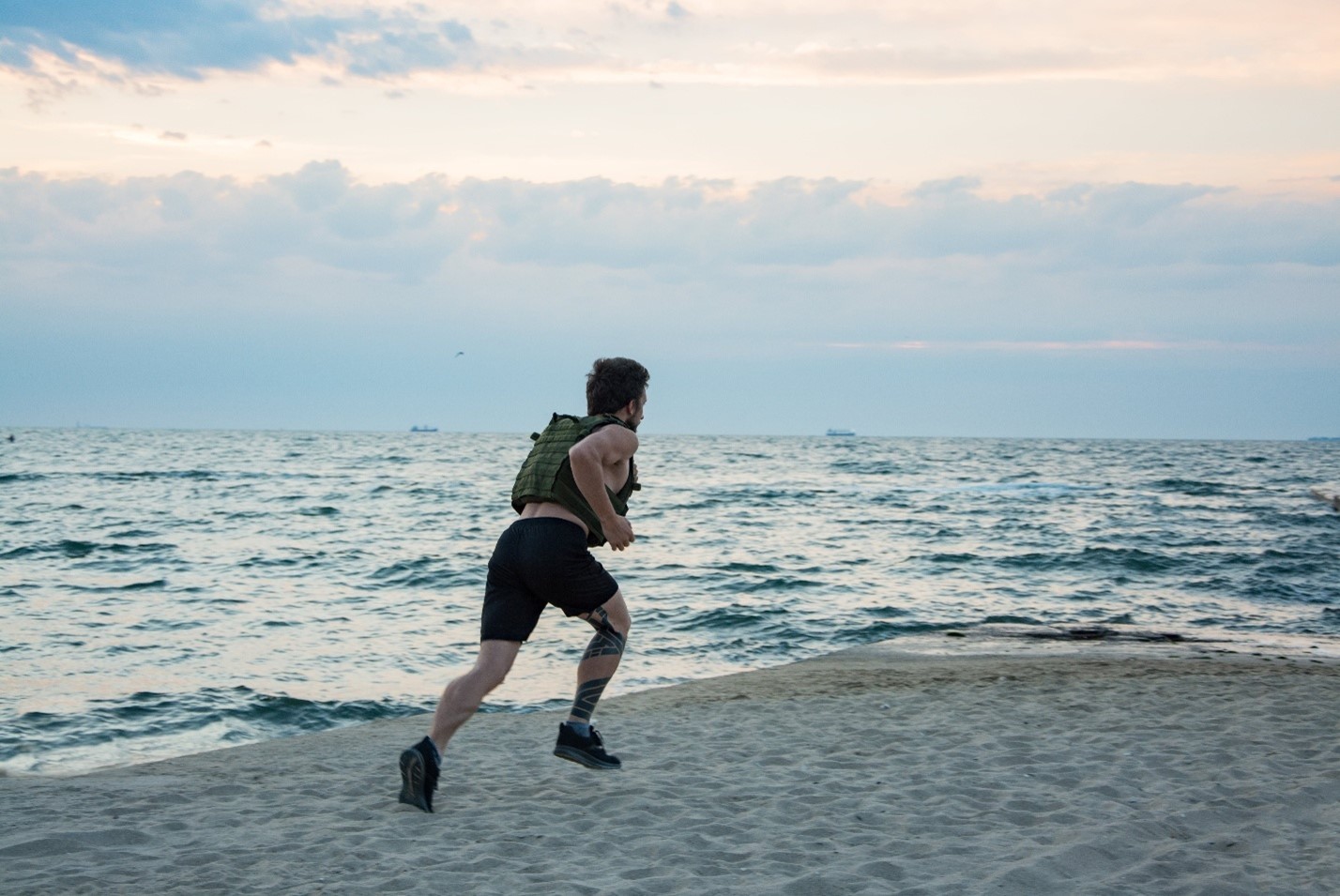Outdoor sports, whether hiking, trail running, rock climbing, or mountain biking, demand a unique combination of strength, endurance, agility, and mental toughness. Athletes and enthusiasts often seek ways to improve their performance and resilience, and one highly effective method is weighted training. Incorporating additional resistance into workouts can significantly enhance strength, endurance, balance, and injury prevention—crucial factors for excelling in outdoor environments. Brent Suen explores the benefits of weighted training for outdoor sports, the different methods of incorporating it, and how to use it safely and effectively.
Why Weighted Training?
Weighted training, also known as resistance training, involves adding extra weight to exercises to increase the demand on muscles and the cardiovascular system. It can take various forms, including:
- Weighted vests
- Dumbbells or kettlebells
- Resistance bands
- Loaded backpacks (rucking)
- Ankle or wrist weights
Outdoor sports often require athletes to carry additional weight, whether in the form of backpacks, gear, or equipment. By training under resistance, the body adapts to greater loads, making real-world conditions feel easier and more manageable.
Key Benefits of Weighted Training for Outdoor Sports
- Increased Muscular Strength and Endurance
Outdoor activities like hiking, climbing, and mountain biking involve prolonged exertion, often over uneven terrain. Weighted training enhances muscular endurance, enabling athletes to sustain physical efforts for longer durations. Strengthened muscles also improve overall power, allowing for better performance when climbing steep inclines, carrying heavy loads, or maneuvering through rough terrain.
- Improved Cardiovascular Efficiency
Adding weight to training sessions forces the heart and lungs to work harder, improving overall cardiovascular endurance. This is particularly beneficial for activities that require long bouts of aerobic effort, such as trail running, skiing, or paddling. Weighted training conditions the body to handle increased oxygen demands, helping athletes avoid early fatigue during extended outdoor pursuits.
- Enhanced Core Stability and Balance
Outdoor sports often require maintaining balance on unpredictable surfaces. Weighted training strengthens the core muscles responsible for stability, reducing the risk of falls and improving agility. For instance, using a weighted vest while doing lunges, squats, or balance exercises strengthens the core and lower body, making it easier to navigate uneven trails or climb rocky surfaces.
- Greater Mental Resilience and Toughness
Carrying additional weight during training teaches athletes to push through discomfort and fatigue. This mental toughness translates directly to outdoor sports, where unpredictable conditions, changing weather, and challenging terrain require perseverance. Weighted training fosters the ability to remain composed and focused under physical stress.
- Increased Bone Density and Injury Prevention
Resistance training strengthens bones, reducing the risk of fractures and stress injuries—common concerns for outdoor athletes. Weight-bearing exercises stimulate bone growth, improving long-term skeletal health. Additionally, strengthening muscles and connective tissues helps protect joints from overuse injuries, which are frequent in endurance sports.
Weighted Training Methods for Outdoor Athletes
1. Weighted Vest Training
Wearing a weighted vest while walking, running, or performing bodyweight exercises is an excellent way to add resistance without altering movement patterns significantly. This method is particularly effective for:
- Trail runners who want to improve endurance and leg strength
- Hikers preparing for long-distance treks with loaded backpacks
- Climbers building core stability and grip strength
2. Rucking (Loaded Backpack Training)
Rucking involves carrying a weighted backpack while walking or hiking. It simulates real-world conditions for backpackers and trekkers, making it a practical way to build endurance and strength. Beginners should start with 10-15% of their body weight and gradually increase the load.
3. Resistance Bands and Free Weights
Adding resistance bands or free weights (dumbbells or kettlebells) to strength workouts enhances overall muscle engagement. Key exercises that benefit outdoor athletes include:
- Deadlifts (for posterior chain strength, crucial for hiking and biking)
- Lunges and Squats (to build lower body endurance and balance)
- Pull-ups and Rows (for grip and upper-body strength, essential for climbing and kayaking)
4. Ankle and Wrist Weights
For endurance athletes, wearing ankle or wrist weights during training can increase muscular endurance without drastically affecting movement mechanics. This approach is useful for:
- Runners who want to strengthen leg muscles without carrying a backpack
- Climbers working on grip and forearm endurance
- Cross-country skiers enhancing upper-body endurance
How to Incorporate Weighted Training Safely
While weighted training offers numerous benefits, it must be approached carefully to avoid injury. Here are key guidelines to follow:
- Start Light and Progress Gradually
Begin with minimal weight and increase resistance progressively. Jumping into heavy resistance too quickly can lead to strain or injury. - Prioritize Proper Form
Adding weight can compromise form, increasing injury risk. Focus on maintaining proper technique, especially in dynamic movements like running or jumping. - Allow for Recovery
Weighted training places additional stress on the body, requiring adequate rest and recovery. Avoid overloading muscles by incorporating rest days and mobility work into your routine. - Use Functional Movements
Mimic the demands of your sport by incorporating functional exercises. For example, if you’re training for a backpacking trip, prioritize rucking and leg endurance exercises. - Listen to Your Body
If you experience sharp pain or excessive fatigue, adjust your training. Weighted workouts should challenge you but not lead to burnout or injury.
Weighted training is a game-changer for outdoor athletes looking to enhance strength, endurance, and resilience. Whether you’re a hiker, runner, climber, or cyclist, incorporating resistance training can significantly improve your performance and reduce injury risk. By adopting a progressive and structured approach, you can build the physical and mental toughness needed to tackle challenging outdoor environments with confidence. For those seeking to take their outdoor sports training to the next level, integrating weighted exercises into your regimen will yield long-term benefits in strength, endurance, and overall resilience.
